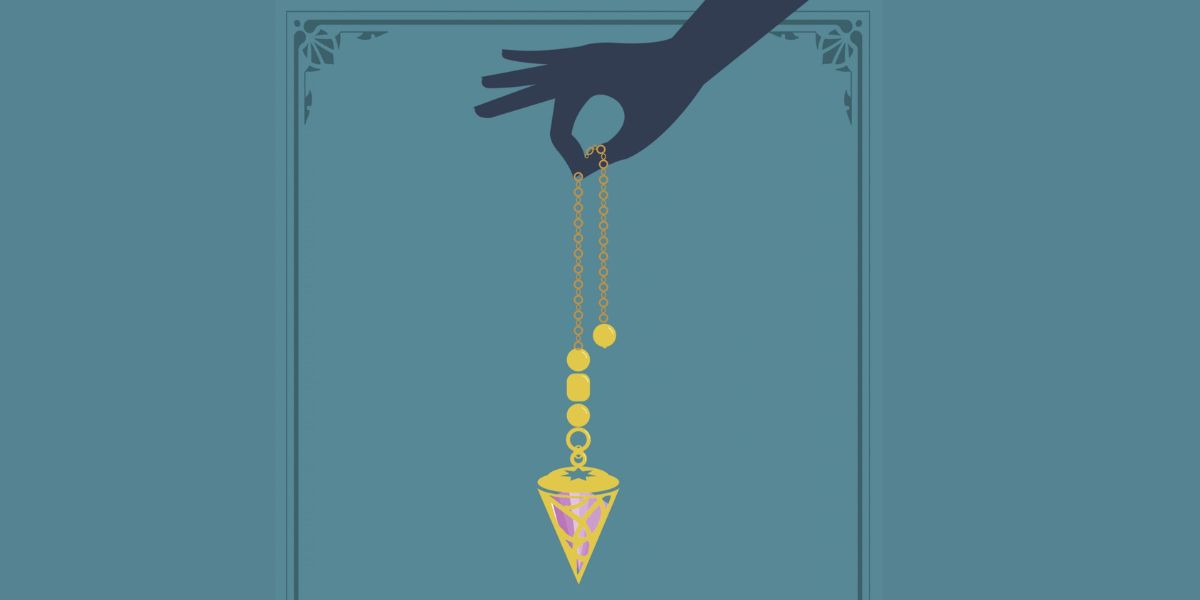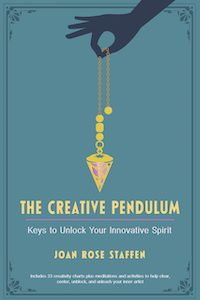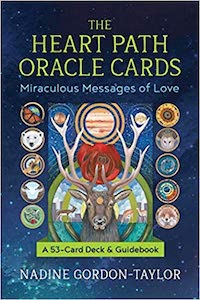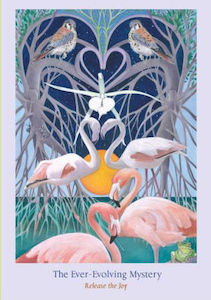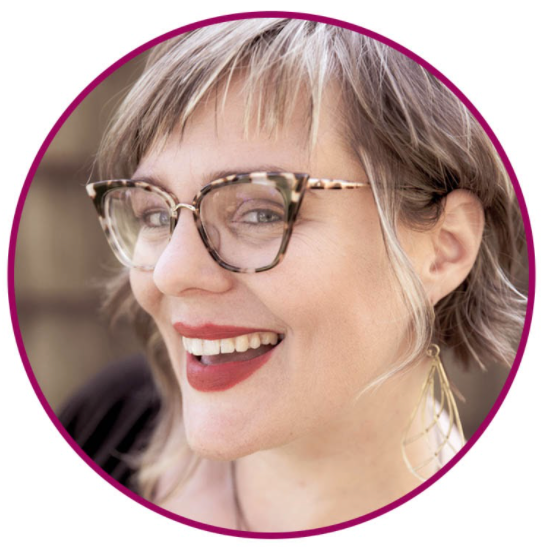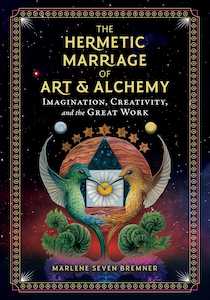
The Hermetic Marriage of Art and Alchemy: Imagination, Creativity, and the Great Work, by Marlene Seven Bremner
Inner Traditions, 1644112906, 376 pages, June 2023
Last summer, as I was browsing a used book store in Rhode Island, I came across the book Surrealism and the Occult by Nadia Choucha. Instantly, I knew this book was right up my alley, and I spent the next month reading about the influence of magical ideas in the work of Salvador Dali, Pablo Picasso, Max Ernst, Lenora Carrington, Austin Osman Spare, and more. This was my introduction into how symbolism in western occultism, especially alchemy, became visual metaphors for surrealists to explore the unconscious realm.
I began to wonder how I might draw upon alchemy to further my own creative process, but life happened, and my desire to explore this was put on the back burner. Then with quite cyclic timing, The Hermetic Marriage of Art and Alchemy: Imagination, Creativity, and the Great Work by Marlene Seven Bremner was released a year later this June – once again my summer musings have been guided towards the alchemical process of creativity!
And let me tell you, this book is hefty. Not just in a physical sense with its hardcover, but also in details, imagery, and energetic presence. It is very clear that Bremner has a deep reverence for the alchemical process, as well as personal experience of using creative outlets alchemically. It’s worth reading her artist statement before diving into this book to better understand her influences and motivations for writing this book. You may also want to reference her previously published book Hermetic Philosophy and Creative Alchemy: The Emerald Tablet, the Corpus Hermeticum, and the Journey through the Seven Spheres too for more insight into the Hermetic tradition, though it’s definitely not needed to delve into this book.
Through paying homages to the imagination, Bremner inspires readers to undertake their own magnum opus. She teaches the readers how to bridge the conscious and unconscious in order to generate unity through the creative process and achieve greater self-knowledge.
“All things have their origins in the imagination, through which we commune with the greater story of the cosmos.”1
In “Part I: Alchemy and Imagination”, Bremner provides the rich art history of Romanticism, emergence of symbolism in art, Dada, and Surrealism. She paints a vivid picture for readers, filled with background information on artists and images of their work, to showcase the way “Surrealism and its aim of realizing the union of dream and reality has its roots in the Romantic movement.”2
For each movement, Bremner highlights the major themes (ie. Romanticism – exploration of nature, intensity of emotions; Symbolism – focus on dark dreams, interest in unseen realms, sense of transcendence; Dada – destruction as a form of creation, irrationality, upending convention, sense of nihilism; Surrealism – automatism, liberation of imagination, unity of inner/outer world), and provides a cohesive understanding of how each built upon the next, similar in many ways to the alchemical process an individual undergoes during the process of creation.
This section is pages and pages of art history that studies the magical imagination in play through time, as Bremner references a plethora of artists’ work, along with what was going on historically at each moment in time that inspired and shaped the movements. I found myself often pausing in my reading to look up a poem mentioned or Google the image of a painting, though there are quite a few images within the text too for reference.
From here, “Part II: The Magnum Opus” moves into Bremner teaching the method of creative alchemy, which she explains “goes beyond the creation of fantastic forms and expressions to an intimate relationship between consciousness and matter, presupposing inner transmutation through the creative process, and in turn, a spiritization of art that multiplies in the external world.”3 If you’re on board with breaking down the artistic ego, which Bremner likens to a death, to move through the creative process and achieve transcendent unity, this is where the fun begins!
“As a result, the art that we create, in harmony with our subjective experience, is both surreal and ideal, depending on where we find ourselves in our personal creative evolution.”4
Bremner guides readers through the four stages of the magnum opus: nigredo, albedo, citrinitas, and rubedo. Along the way, she also goes into great depth about the zodiac sign correspondences to the alchemical process, for instance calcination is associated with Aries, to tease out the multiple layers of creativity in play at each stage. For reference, there are charts and tables that help the reader to visually see the associations.
What stands out the most about Bremner’s writing, compared to other books on alchemy that I’ve read in the past, is the imagery and descriptiveness of her writing that brings each alchemical stage to life. Her reference to different works, both literary and artistic, and her interpretation of the work helps the reader to see the artist’s intentions, and as a result better understand their own inner imagery waiting to be crafted in the physical realm.
As an example, in the chapter “Nigredo: Putrefaction and the Generation of Ideas, Bremner discusses works such as The Loss of Faith by Jan Toorop, Melencolia I by Albrecht Durer, Frankenstein by Mary Shelley, and Saturn Devouring His Son by Francisco Goya. All the while, she connects these paintings to astrological correspondences and conveys the Hermetic significance of this part of the journey.
There is so much riveting information woven together that I must say that I am hardly scratching the surface of the depths of Bremner’s writing in this description. In all honesty, this has been my favorite book on alchemy that I’ve read yet. Though I will admit it’s a hardy read; I’ve been making my way through it for a few weeks, savoring each section as I go.
“While we can look to the alchemical processes and ordering of the stages as guides, we must realize the individual, personal,and unique nature of our own artistic approach, allowing ourselves to be flexible, creative, innovative, and adaptable. Further, we must remember that at the core of the work and of utmost importance is the transmutation of the egoic self into the transpersonal Self.”5
For those looking to explore more layers of their creative processes, undertaking the arduous process of transforming lead into gold, The Hermetic Marriage of Art and Alchemy is a wonderful resource. This book is rich with insights about how consciousness and matter can merge to usher in new levels of self-awareness and personal insights, along with uniting readers with spiritual energies to reach their highest potential. By following the path that’s been carved by artists of centuries past, Bremner assists readers in undertaking their own creative alchemy.
Alanna Kali is an astrologer, numerologist, and pioneer spirit that loves to explore life through the lens of depth psychology. She has a passion for studying the humanities and social trends. Her academic work is centered upon reuniting body, mind, and spirit through eco-psychology. She loves reading, spending time in nature, and travel.

